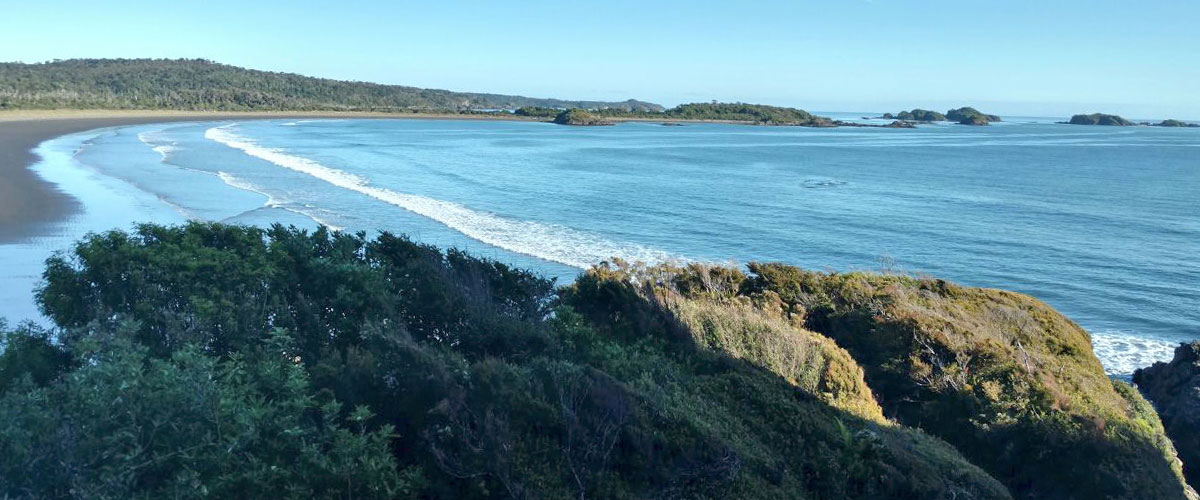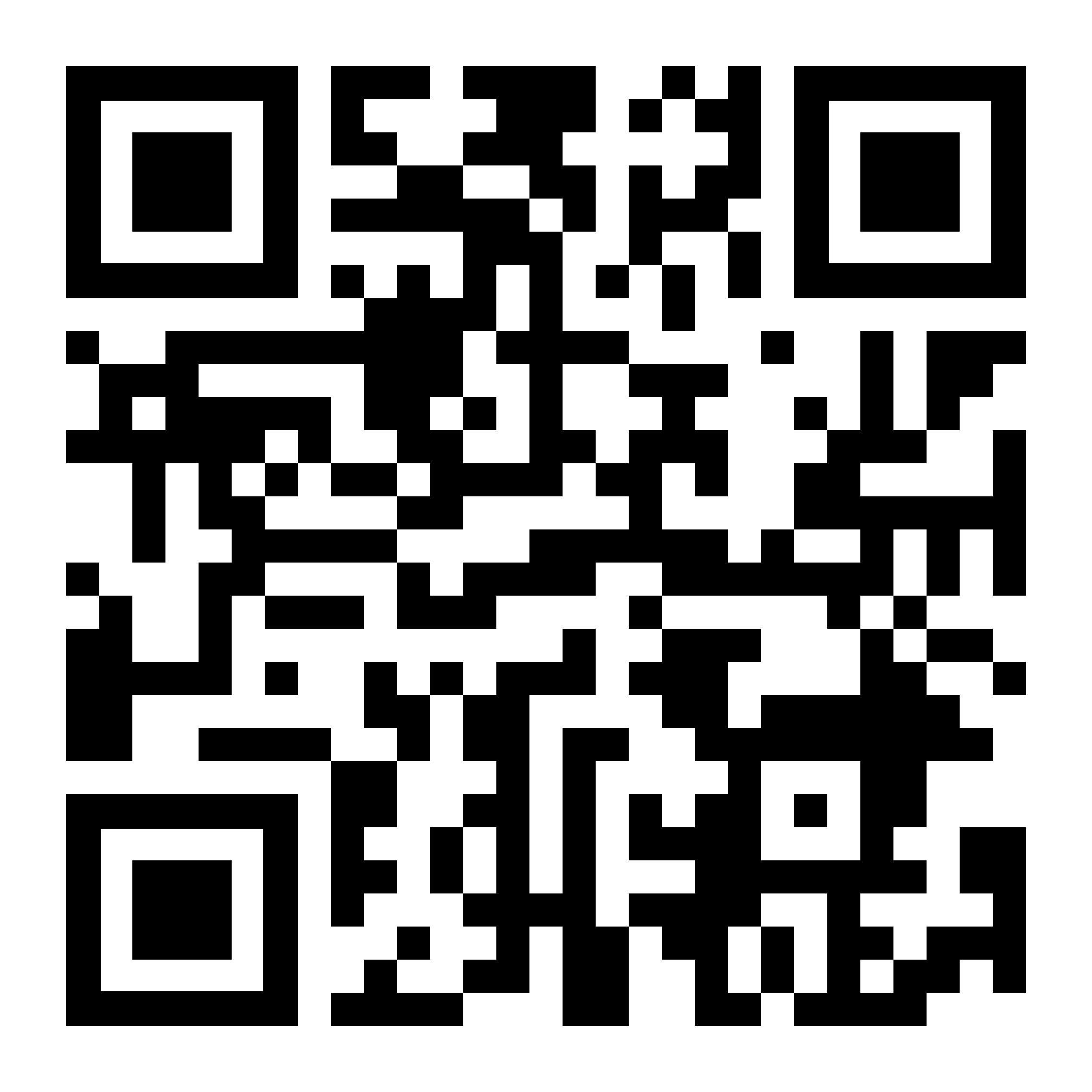On November 10, 1834 the English naturalist, Charles Darwin, sailed on board the Beagle at Valparaiso southbound in order to inspect the island of Chiloé and the fragmented lands that make up this area. That adventure, the geologist left as inheritance to humanity one of the most luxurious descriptions of the territory, even, the flora and fauna that detailed can see until today.
His stories reads the diversity and quantity of marine animals that saw in the current Tantauco Park, such as seals: "there was not a plain site, on the rocks or at the beach, that was not materially covered with them". He explains that the birds were everywhere in Chiloé. He also had contact with the Chonos, native people, who inhabited insular patagonia, among the archipelagos of Chiloé to the peninsula of Taitao and Gulf of Penas, site that received the name of Chonos archipelago. While the Islands were covered by dense forests, Chonos were developed such as canoe and marine hunter-gatherers, between large and labyrinthine archipelagos. ASÍ the only way to move in the landscape was sailing.
In the 1970s, the territory of the current Tantauco Park is threatened by a logging project that was stopped thanks to the support of the national and international community. Today this place is protected for present and future generations thanks to the year 2005, the Foundation for the future began to manage the 118.000 hectares of this pristine place and Virgin to found the Tantauco Park, a project of private conservation, by love of nature, maintains and cares for the area for the education and enjoyment of the regional, national and international community.
DESARROLLANDO LA INFRAESTRUCTURA
Desde mayo del 2005, se comienza a trabajar en el “Plan de manejo y conservación del Parque Tantauco”, y en septiembre del mismo año, comienzan las primeras obras de infraestructura en Caleta Inío. En febrero de 2006, se abre la oficina de Parque Tantauco en Quellón, centro administrativo y de informaciones para visitantes del Parque.
Durante estos años se implementaron lugares para acoger a visitantes, investigadores y turistas. En este período fueron abiertos y construidos los senderos y zonas de acceso a Caleta Inío, lagos Yaldad y Chaiguata, y las primeras construcciones de campings (fogón, torre mirador y baños) en Chaiguata e Inío.
En el año 2006 comienzan los programas de prácticas de investigación en el Parque. Éstos apoyan con recursos a los estudiantes que postulan para llevar a cabo sus tesis y prácticas en el Parque. Las investigaciones realizadas sirven de apoyo para el modelo de conservación del Parque.
Durante el verano del 2006 y 2007 se recibieron los primeros visitantes, quienes se aventuraron por mar hasta Caleta Inío o por tierra hasta el lago Chaiguata.
Más adelante, en 2008 se inició el proyecto de “Restauración de Ecosistemas” con la implementación de los viveros de Inío y Chaiguata. Además, la zona norte se reforestó con 80.000 árboles nativos.
El año 2009 Fundación Futuro inicia el proyecto de Talleres de Educación Ambiental (PEAT), compuestos por un ciclo educativo para liceos y escuelas de la Provincia. Durante el primer año, más de 20 escuelas visitaron el Parque Tantauco y asistieron a los talleres. Entre el 2009 y el 2015, más de 110 colegios (4.700 niños) realizaron el programa de los talleres culturales.
En todo ese tiempo, y hasta la fecha, Tantauco continúa desarrollando una variedad de programas orientados a la conservación, y mantiene la infraestructura que permite recibir a los visitantes durante todo el año. En todo este recorrido, Tantauco ya cumplió más de 15 años aportando a la conservación de las especies y del territorio.







